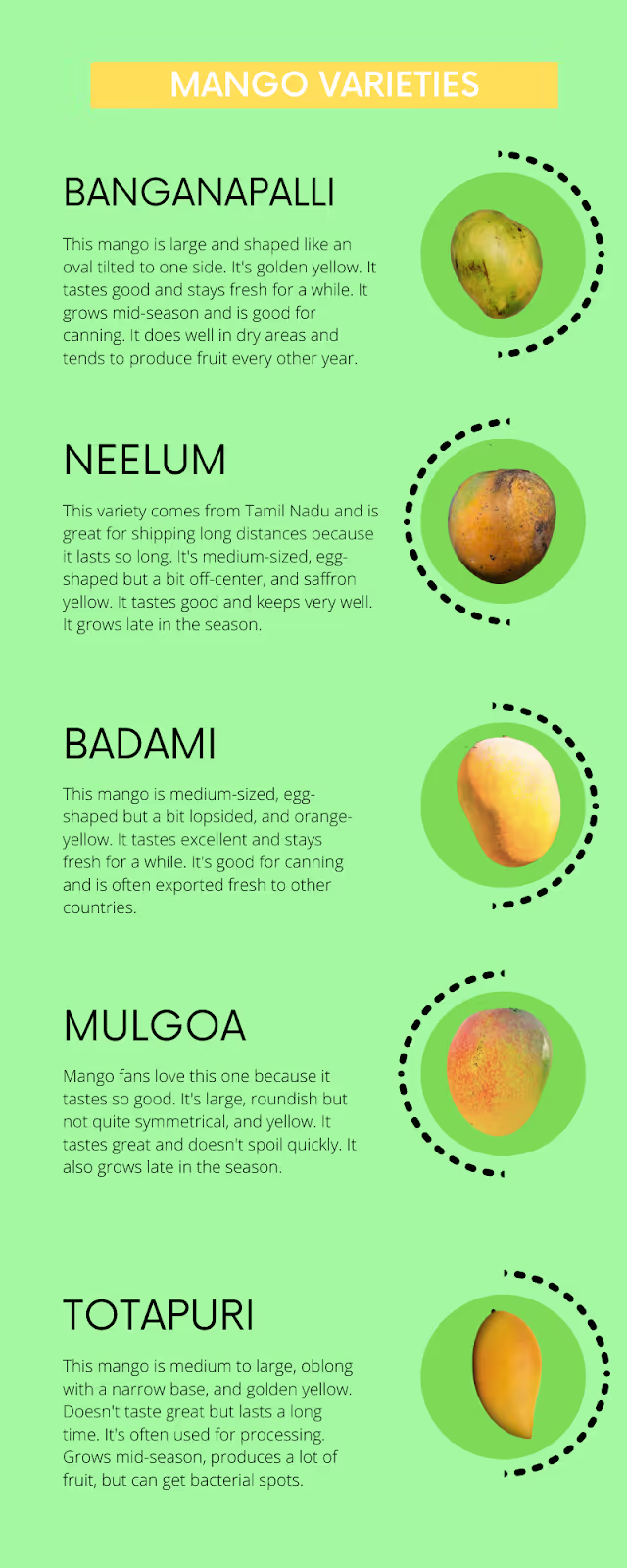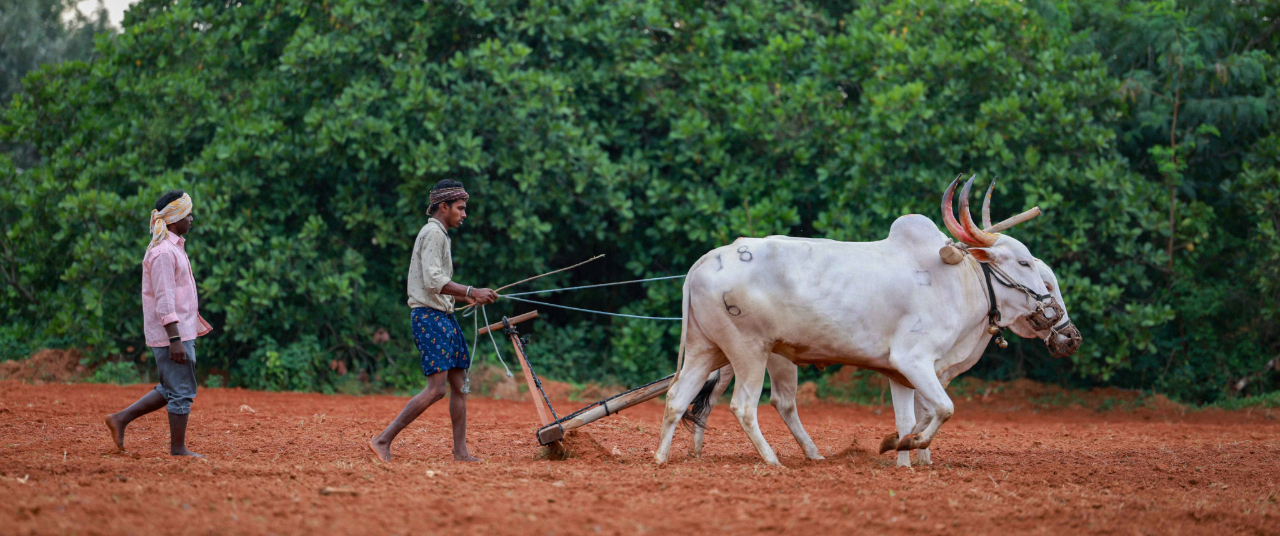Where 600,000 quintals of the fruit change hands yearly






As the sun rises over Srinivaspura, the air fills with the sweet aroma of ripening mangoes. This small town in Karnataka's Kolar district isn’t just another dot on the map; it's India’s Mango City.

Decades of cultivating some of the world's finest mangoes have earned it this title. The town's name, derived from Srinivasa (a name for Vishnu) and pura (meaning town), reflects its rich cultural and historical roots.
Mango varieties
Srinivaspura boasts over 63 mango varieties, with Totapuri leading the pack, followed by Mallika, Alphonso, and Badami. These mangoes make their way to Europe and the Arab world. Totapuri mangoes are largely processed—80% go into juice, tetra packs, frozen fruit, and squash, while just 20% are eaten fresh. Thanks to the high pulp recovery, they are often blended with premium varieties for fragrance, offering a cost-effective solution.

Historically, mango cultivation has been the backbone of Srinivaspura’s economy. The APMC (Agricultural Produce Market Committee) has been vital in facilitating mango trade, offering a structured marketplace where farmers sell their produce.
{{marquee}}
The role of rain
Rainfall plays a crucial role in ensuring a successful mango crop in Srinivaspura. Pre-flowering rain from November to January promotes healthy blossoms, while the southwest monsoon, from June to September, replenishes groundwater and keeps soil moisture levels high. Well-timed rains produce larger, juicier mangoes bursting with sweetness. They also help control pests and diseases that flourish in dry conditions.

A day at the market
Step into one of India’s busiest mango markets, where 600,000 quintals of fruit are traded annually. The peak season runs from mid-May to mid-June, with three main marketing yards handling the crop: one private, one run by APMC, and one operated by the mango growers’ association.
Hundreds of trucks and tractors transport mangoes across India, reaching places like Andhra Pradesh, Rajasthan, Gujarat, Goa, Maharashtra, and Bengaluru.
Mango auctions
In the market, buyers inspect each mango before placing their bids, basing prices on the fruit’s size, variety, and quality. These varieties are typically available from April to June, though some may last beyond the mango season.

Packing process
- Sorting: Mangoes are sorted based on size, colour, and quality to ensure the best condition for consumers. Damaged or overripe fruits are removed, leaving only high-quality mangoes for packing.
- Packing: The sorted mangoes are packed in corrugated cardboard boxes or crates, designed to provide both ventilation and protection during transit. Each box contains mangoes of similar size and grade for consistency.
- Labelling: Packages are labelled with essential details like mango type, grade, weight, and sometimes the packaging date. Branding from exporters or local cooperatives may also be included.
- Distribution: Once packed, the mangoes are loaded onto trucks or other vehicles for delivery to local markets, across states, or even for export overseas.
- High-Volume Handling: The packing process in Srinivaspura is optimised to manage large quantities of mangoes during the peak season, ensuring the fruits arrive in excellent condition.
Showstopper: Banganapalli
Meet the Banganapalli mango—medium to large, golden yellow, and irresistibly delicious.
- Geographical indication (GI): Recognised with a GI tag for its unique characteristics, this mango variety originates from Banaganapalle in the Kurnool district of Andhra Pradesh, India.
- Size & shape: Medium to large, typically weighing 350 to 400 grams, with an oblong shape and a slightly pointed base.
- Appearance: Smooth, thin skin with a golden-yellow colour and a slight sheen, sometimes dotted with small white spots.
- Flavour & popularity: Known for its sweet taste, smooth texture, and delightful aroma, the Banganapalli mango is a favourite both in India and globally.
- Alternate names: Also called Benishan or Banaganapalle.
- Exports: Due to its exceptional taste and long shelf life, Banganapalli mangoes are widely exported, playing a significant role in India's mango exports.
- Nutrition: Rich in vitamins A and C, they provide essential nutrients, antioxidants, and dietary fibre, supporting digestion and gut health.
Going organic
Traders in the Srinivaspura market voiced concerns about the practicality of going fully organic. They cite the lack of government support in educating farmers on organic practices. Additionally, the higher costs associated with organic cultivation could reduce public demand.

Need for a factory
Traders also point out the need for a local factory. Without one, they face difficulties in sending their products to states like Maharashtra, where processing plants exist.
A factory would process mangoes into pulp, juice, dried slices, pickles, and jams, extending the fruit's shelf life and reducing post-harvest losses. This would not only increase profits but also boost the local economy by attracting businesses and creating demand for transportation, packaging, and marketing services. By producing packaged and branded mango products, a factory could help Srinivaspura tap into both domestic and international markets.
References

































.png)

